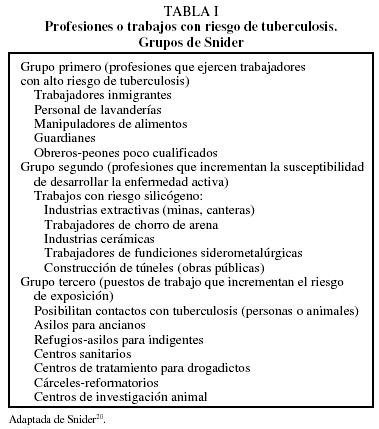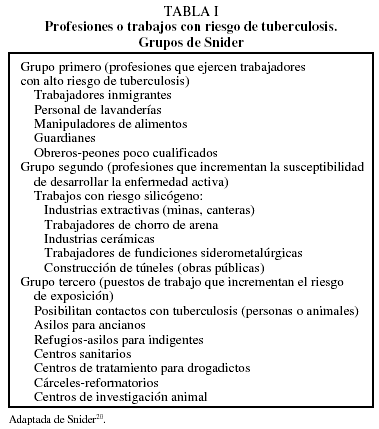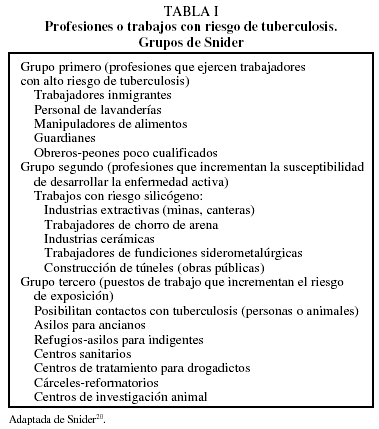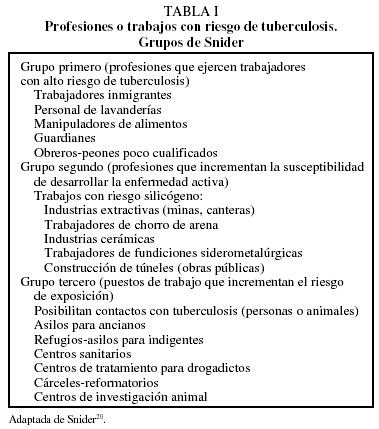Fundamento. Describir la evolución y resultados de la rehabilitación de ancianos incapacitados atendidos en una unidad geriátrica de media estancia y conocer los factores asociados a mejoría funcional e institucionalización al alta. Pacientes y método. Estudio longitudinal observacional de 459 pacientes ingresados consecutivamente entre mayo de 2000 y diciembre de 2001 con incapacidad funcional. Como variables basales se recogieron las características clínicas, funcionales, mentales y sociodemográficas previas y al ingreso. Como variables principales del resultado se consideraron la respuesta funcional favorable (definida como una ganancia funcional durante el ingreso de ≥ 20 puntos en el índice de Barthel) y la institucionalización al alta. Resultados. La edad media de los pacientes fue de 80,56 (DS: ± 7,45) años; 64,9% fueron mujeres; el 81% procedían de unidades de hospitalización aguda, siendo la principal causa de incapacidad ictus (48,5%) seguida de patología ortopédica (26,2%) e inmovilismo por diferentes causas (23,5%). El 72,5% obtuvieron mejoría funcional y el 16,4% fueron institucionalizados al alta. Como principal factor de riesgo independiente de mala respuesta funcional se objetivaron en el análisis multivariante una puntuación de la prueba cognitiva de Pfeiffer de 5-7 puntos (OR: 0,42; IC 95%: 0,22-0,78) y ≥ 8 (OR: 0,29; IC 95%: 0,12-0,71) y una puntuación en índice de Barthel < 60 previo al deterioro (OR: 0,36; IC 95%: 0,14-0,93). Factores de riesgo independientes de institucionalización al alta fueron la edad (OR: 1,06; IC 95%: 1,01-1,12) y puntuación en la escala sociofamiliar de Gijón de ≥ 9 (OR: 6,83; OR: 1,91-24,47). Una incapacidad funcional al alta en el índice de Barthel < 40 también se asoció de forma independiente a la institucionalización al alta (OR: 3,07; IC 95%: 1,04-10,06). Conclusiones. Los ancianos con incapacidad reciente en su mayoría se benefician funcionalmente del tratamiento en unidades geriátricas hospitalarias específicas. La presencia de deterioro cognitivo al ingreso moderado o severo se asocia con menor probabilidad de recuperación. La presencia de edad muy avanzada, mayor precariedad social e incapacidad severa al alta se asocian con mayor riesgo de institucionalización.
Palabras clave:
valoración geriátrica integral, anciano, rehabilitación, resultados, pronóstico
Basis. To describe the evolution and results of the rehabilitation of elderly disabled cared in an average stay geriatric unit, and to define the factors associated with functional improvement and post-discharge institutionalization. Patients and method. Observational longitudinal study in 459 patients with functional disability consecutively hospitalized between May 2000 and December 2001. Basal variables collected included the clinical, functional, mental, and sociodemographic manifestations previous to the admission. The favorable functional response (defined as a functional gain during the admission of ≥ 20 points in the Barthel index) and the post-discharge institutionalization were regarded the main result variables. Results. The average age of patients was 80.56 (SD: ± 7.45) years, 64.9% were women and 81% came from acute hospital units; the main cause of disability was stroke (48.5%) followed by orthopedic pathology (26.2%) and immobility for different causes (23.5%). 72.5% of patients get functional improvement and 16.4% were institutionalized after the discharge. The main independent risk factors for poor functional response found in the multivariate analysis were a scoring in Pfeiffer's cognitive test of 5-7 points (OR: 0.42; 95% CI: 0,22-0.78) and ≥ 8 (OR: 0.29; 95% CI: 0.12-0.71), and a scoring in Barthel's index < 60 prior to the deterioration (OR: 0.36; 95% CI: 0.14-0.93). Independent risk factors for institutionalization after the discharge were age (OR: 1.06; 95% CI: 1.01-1.12), and a scoring in the Gijón's sociofamiliar scale ≥ 9 (OR: 6.83; 95% CI: 1.91-24.47). A functional disability after the discharge in the Barthel's index < 40 also was independently associated to post-discharge institutionalization (OR: 3,07; 95% CI: 1.04-10.06). Conclusions. Most of elderly with recent disability benefit functionally from care in specific hospital geriatric units. Moderate or severe cognitive deterioration after hospitalization is associated to lower recovery probability. Very advanced age, higher social precariousness and severe disability after discharge are associated with higher risk of institutionalization.
Keywords:
comprehensive geriatric assessment, elderly, rehabilitation, outcomes, prognosis














